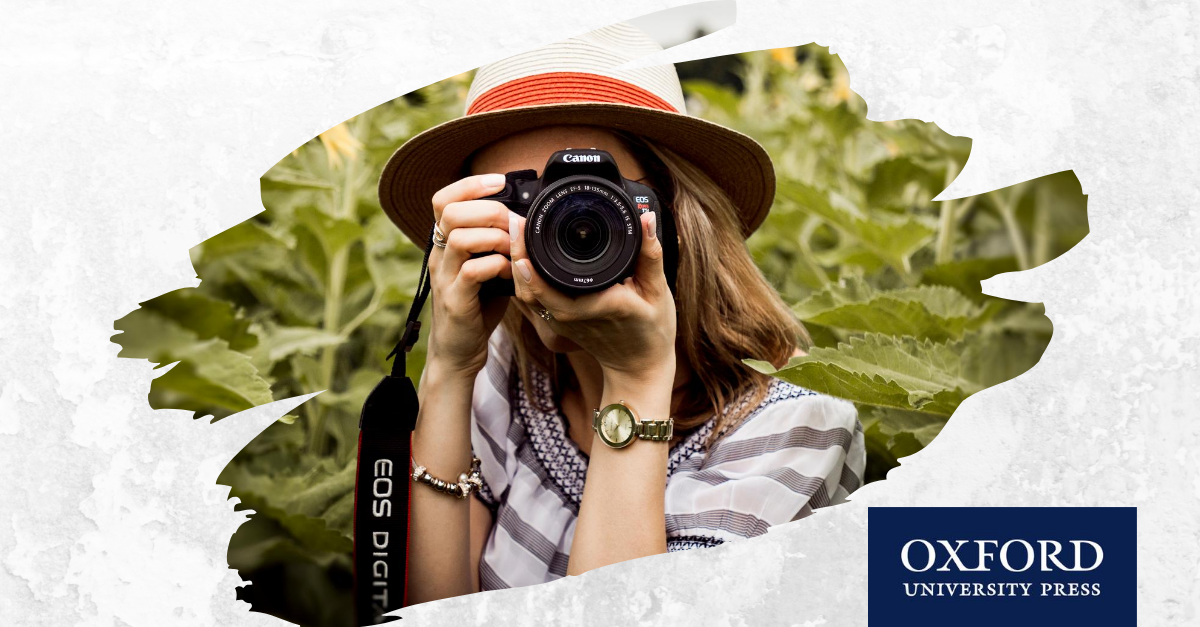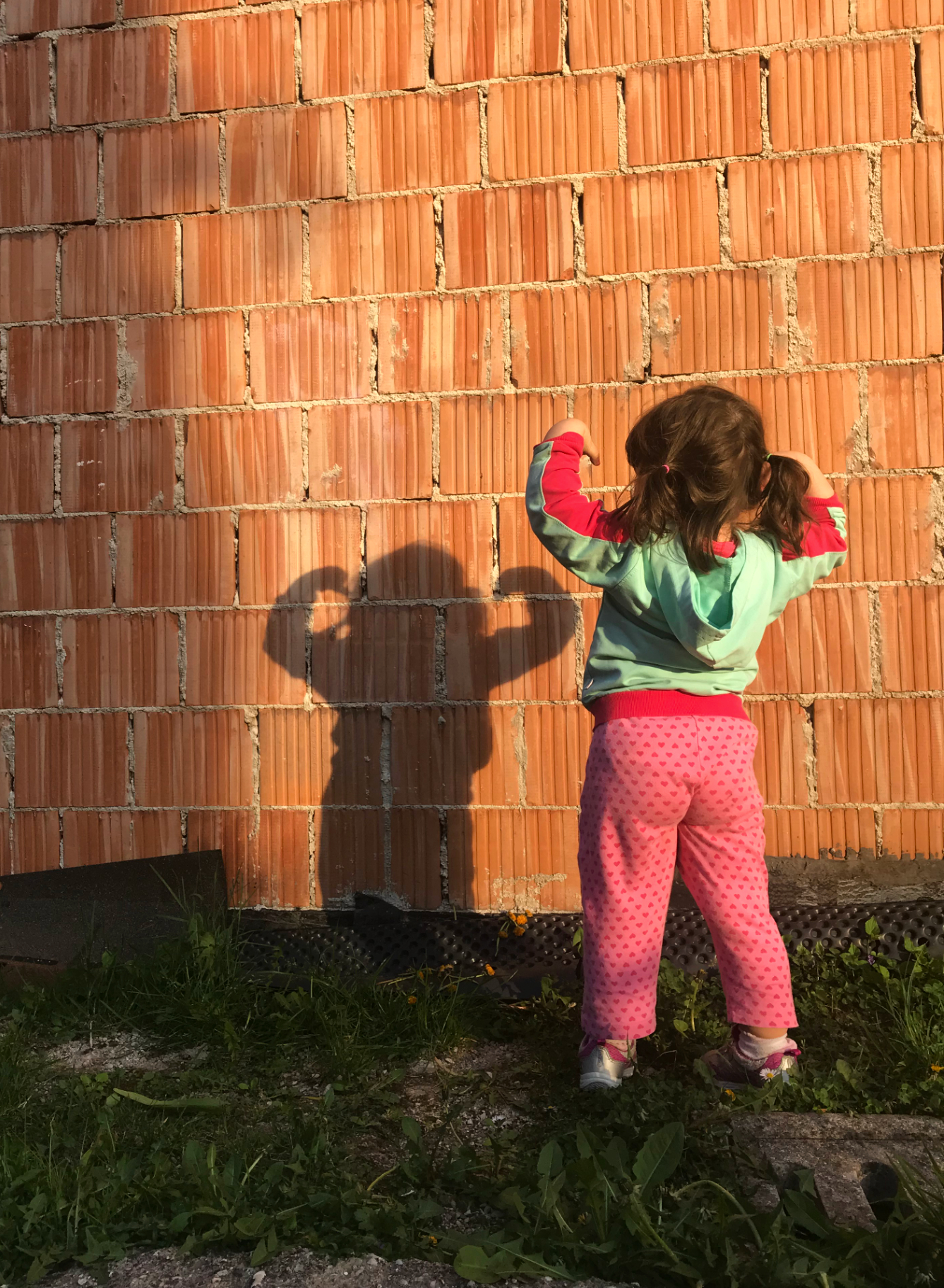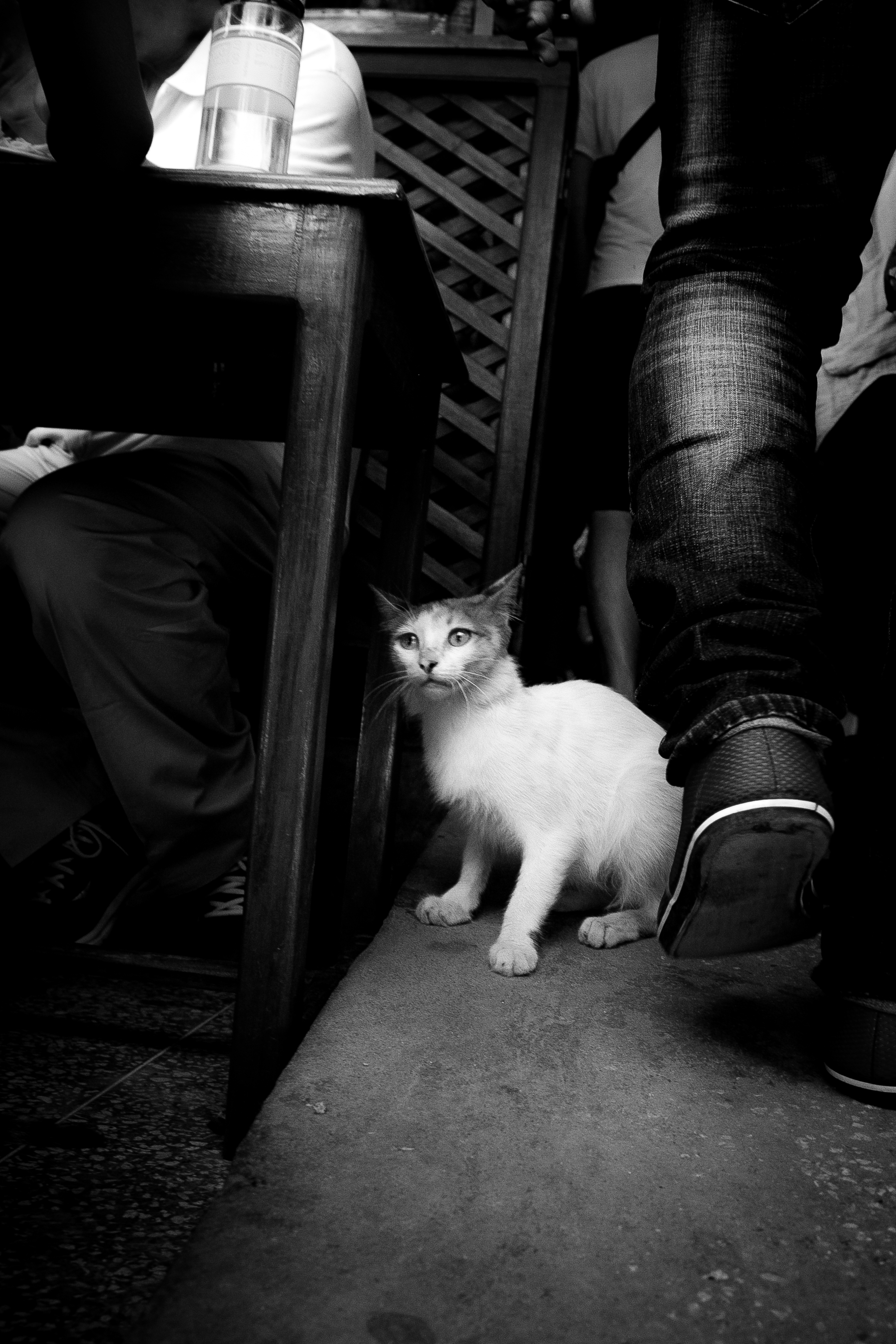 In a world where images are present all around us all the time, teachers can easily use photographs to motivate students and make the classroom experience so much more rewarding. We know that students learn more when new language is accompanied by memorable and engaging photographs.
In a world where images are present all around us all the time, teachers can easily use photographs to motivate students and make the classroom experience so much more rewarding. We know that students learn more when new language is accompanied by memorable and engaging photographs.
To help you make better use of photos in class we’ve enlisted the help of 2019 Wide Angle Photography Competition winner Mehtap Özer Isovi? to build a series of easy-to-use lesson plans. They’re all segment-based, click the buttons below to access the lesson plans!
Found these useful? We’d love to know how you got on with these resources, please do leave a comment!
Also, feel free to share these with a colleague. Just send them this link, and it’ll direct them here -> https://teachingenglishwithoxford.oup.com2020/08/17/using-photographs-elt/
Five Tips for using Photography in your Classes.
OUP Publisher Marc Goozée has put together a really helpful list of photography lesson ideas, applicable for any classroom.
1) Take advantage of students’ own photographs and experiences

Now that every smartphone has a camera we can take photos easily. Ask students to bring their own photographs into the class and tell it’s ‘story’ using the prompts below. Alternatively, this can be an instant activity for pairs of students who show images from their smartphones to each other.
- What was the photographer thinking as they took the photograph?
- Who or what is the subject?
- What was happening during the shot or before?
Good photos to use could be of something your students have done over the holiday, a recent celebration they attended, or a new place they have discovered. You can use this photograph from the Wide Angle Photography Contest 2019, to model the activity for your students.
2) Run a photography competition
Following on from the activity in tip one, you can prepare a slide show of photos from a recent competition (you can download the photos and stories from the Wide Angle Photography Contest here) and ask students to be the competition judges. If you choose a different competition, try and find the judging criteria to give students a framework for justifying their decisions. You may want to simplify the criteria if they are complicated.
As an alternative, choose a theme and organise a photography competition in which students submit their own photographs anonymously to be judged by a panel of teachers or students from another class.
3) Film stills from popular releases
Talk with students about their favourite films and then bring a selection of film stills, using your phone or computer to take screen-grabs. Ask students in pairs to answer such questions as:
- What is the name of this film?
- What is it about?
- What are the characters talking about in the scene?
- What sort of relationship do the characters have?
- What happened before this scene/what happens next?
- Talk about other films have the actors been in.
- Tell us about them?
- Talk about other films the director has made.
This could also be set as homework. Students source photos from their favourite film/a series they are currently watching and as a paired starter activity they can share and discuss them as above. To make it more challenging, get students to start with the image half-covered if it is easy to guess what film it is from!
4) Use photographs of famous personalities
From students’ own culture, find a selection of photographs of pop stars, politicians, actors, presenters, sports’ personalities, etc. Use the internet to find images or cut them out from magazines or newspapers. Bring them into the classroom and lay them out on the table/stick them on the wall and ask students in pairs or groups to choose two or three and then share their opinions about them.
5) Be creative with grammar

Either with students’ own photos or ones you can find on the internet, choose an area of language you want to practise and approach it in a creative, imaginative way. In this example, using one of the Wide Angle runner-up photographs, students imagine themselves as the cat and complete thought bubbles coming from the cat’s head. They can complete these sentence stems to practise using ‘wish’ and ‘wonder’.
- I wish I could………
- I wish I was …..
- I wonder ……..
References: Images by Jamie Keddie
Marc Goozee taught English in Spain, the UK, and Japan. Since the 1990s as editor and publisher, he has enjoyed producing materials for secondary and adult students from a variety of regions including the Gulf and Saudi Arabia, Taiwan, Japan, Korea, and Europe.
Mehtap Özer Isovi? is an English teacher with an MA degree in English Language and Literature. She grew up in Istanbul, Turkey. She has been teaching English for twelve years in Bosnia and Herzegovina at the International University of Sarajevo. Since 2015, she has also been teaching very young learners in several kindergartens.


“Ask students to bring their own photographs into the class and tell it’s ‘story’ using the prompts below.”